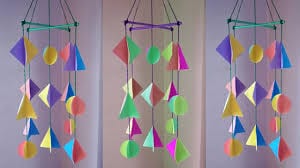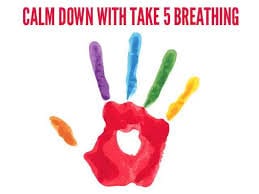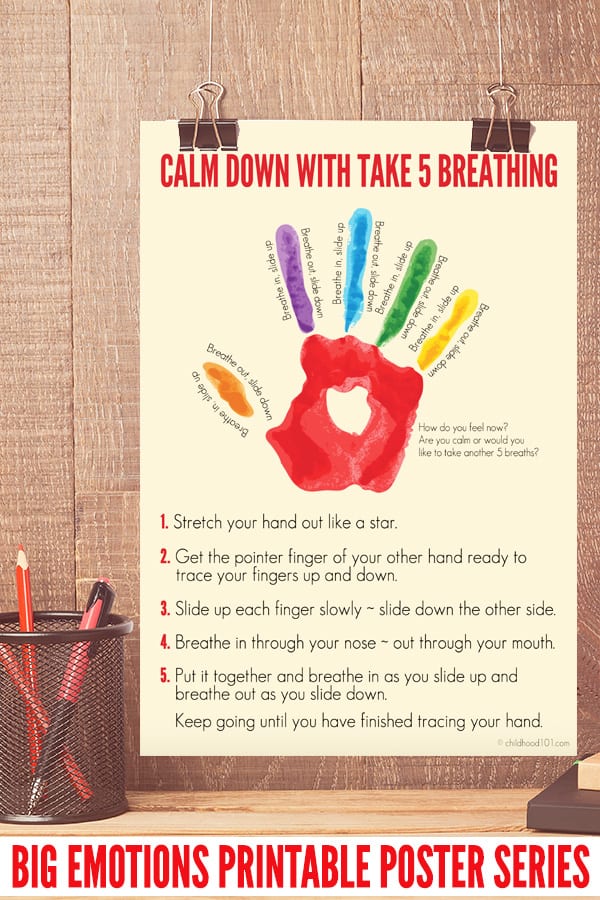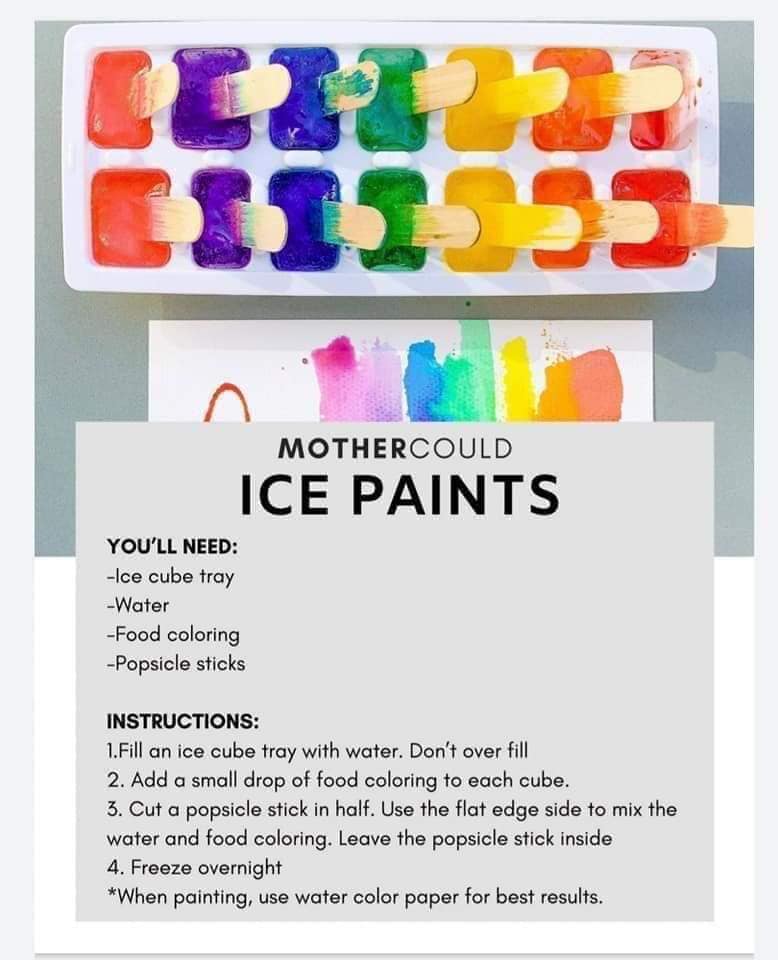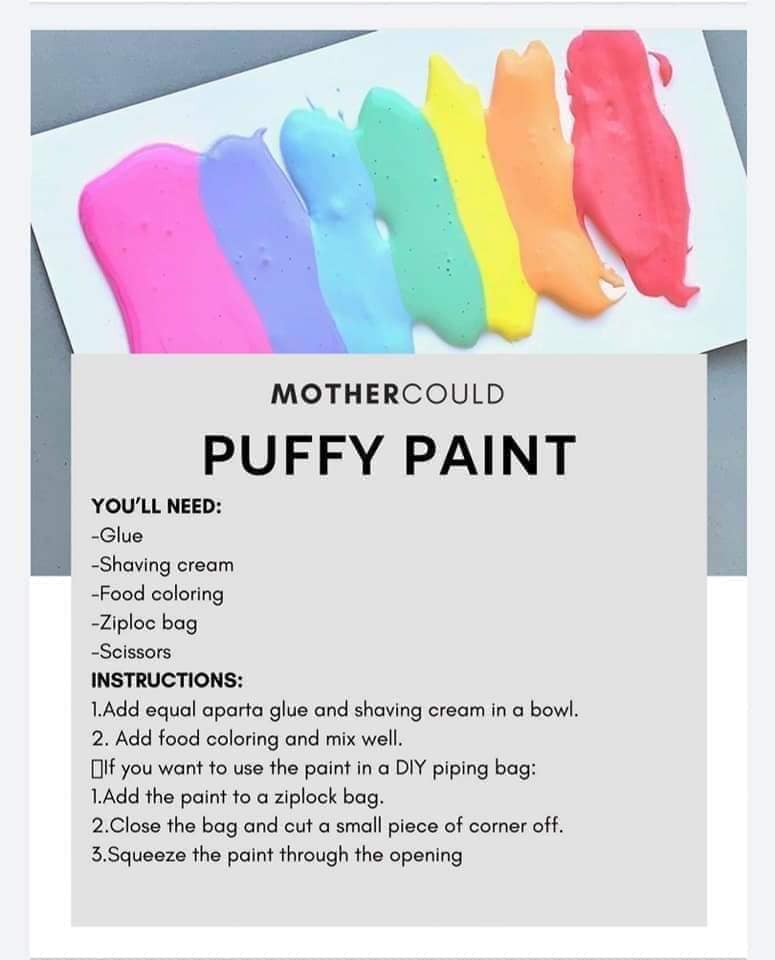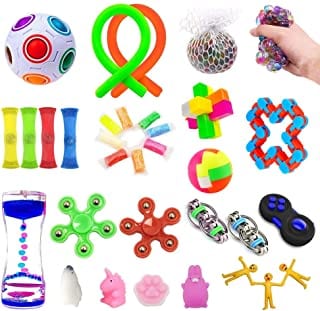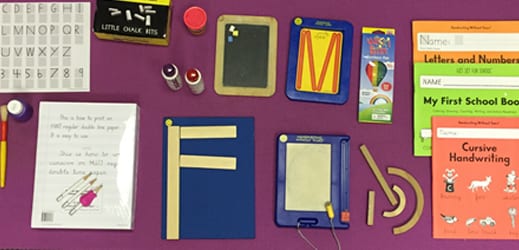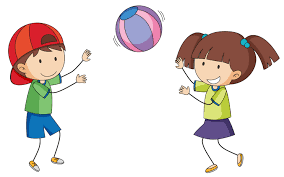
I use balls all the time during OT sessions and it is a “tool” that I don’t want to overlook! They are used to increase fine motor, gross motor, attention, strength, endurance, etc. We use a variety of sizes depending on the purpose for the individual session. Larger therapy balls help to work on balance reactions and postural control as well as providing vestibular input in a variety of directions. Students may sit on a therapy ball to increase attention, posture during activities, and to provide necessary sensory feedback. Smaller balls are also used in a variety of ways during more of a “play-based” therapy session and here are a number of things I could be focusing on:
- Visual attention to the ball
- Maintaining a stable base of support while reaching for the ball
- Rotating the trunk
- Grasping the ball
- Flexing/Extending the wrist, elbow and shoulder
- Maintaining attention to the task
- Demonstrate visual motor coordination to hit a target
- Bilateral Coordination
Today, the Tools Tuesday highlights are brought to you from Lisa Marnell, OTRL from Kids Master Skills. Below are a number of activities you can do with your child using a ball and having fun! Download a copy for your convenience!








